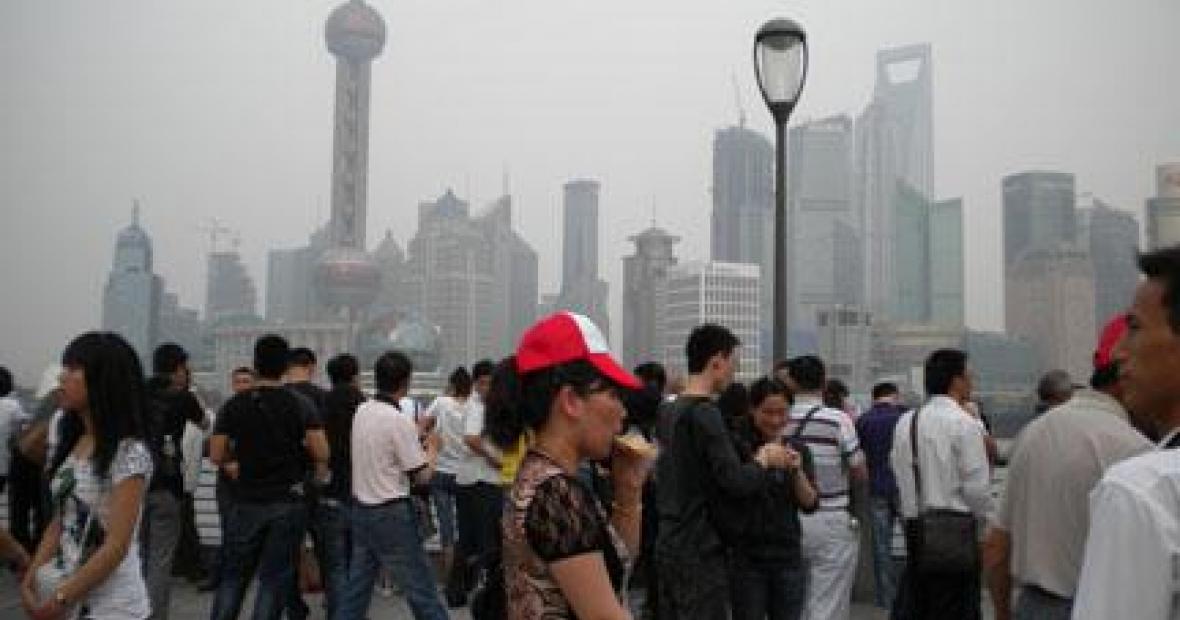Unfinished Business
Impressions of Shanghai
Shanghai was our last stop in China, and I was unable to post a blog about our experiences before we flew home. As the largest city in China, Shanghai (the city) is home to as many people as Florida (the state). Not only do about 20 million people call the city home, but Shanghai is currently hosting World Expo 2010, which is averaging about 500,000 visitors A DAY. Needless-to-say, Shanghai was crowded, particularly in the places which tourists frequent. We made our pilgrimages to The Bund, gazing across the river at the high-rise extravaganza of Pudong; to Nanjing Road with its historic and contemporary department stores and shopping malls, neon lights, and throngs; and to People’s Park with its gardens and museums. Warning: do not take the subway in Shanghai between 5:00 and 7:00 pm if you are claustrophobic.
But there are areas where we got away from the crowds and discovered a less frenetic side of Shanghai. In the early 20th century, Shanghai was controlled by European countries, each of which had their own “concession” or area under their governmental control. The French Concession is still an historic district within the Shanghai master plan and retains a quieter pace, with few high rises and a European feel to the streets and shops. We took the metro to the French Concession one evening for dinner, and to another part the next morning to stroll the streets.
When we visited the Urban Planning Institute, we learned more about the parts of the city that the Chinese will preserve in the future. The third floor of the Urban Planning Institute has an enormous scale model of the city, which really drives home the size of the urban landscape. Without a preservation plan, it’s clear that Shanghai would likely lose most of its historic treasures in the mad march to modernize and provide for its millions of inhabitants. Luckily they are working to protect the past as they create the future.
The Shanghai Museum is an amazing institution—one of the premier museums of Chinese art and culture. Like the Nanjing Museum, it has galleries devoted to ceramics, jade, bronzes, lacquerware, but it also has extensive galleries of Chinese painting and calligraphy. We knew we couldn’t see it all, so we concentrated on the paintings, ceramics and bronzes. We had not had the chance to really look at an extensive collection of historic Chinese painting and we thoroughly enjoyed our time with the scrolls. The collection is installed chronologically, which is typical in Chinese museums, so we could see stylistic evolutions. The labels, however, were quite connoisseurial, relating each artist to his predecessors and noting the age of the artist at the time he created the scroll. The labels were not very helpful in pointing out stylistic details or information about the subject.
The huge bronze collection at the Shanghai Museum was a revelation. The pieces, again chronological, were beautifully presented in special cases with good labels. We were amazed by the intricacy and workmanship of the bronze vessels, which were as much as 5,000 years old. The galleries finished with a section showing, step by step, how bronzes were cast, which was very informative.
Across the park is MOCA Shanghai. The curator, Victoria Lu, visited Grinnell a few years ago and I was interested to see her museum. The structure is contemporary and dramatic in design. The day we visited an Italian motor scooter manufacturer was rolling out three new bikes and the entrance was taken up with promoters and fans of the product. Inside was a most peculiar show called “Stay Real Forever,” which purported to be a view of the 21st-century generation’s sensibilities. It featured work by KEA, an appropriation artist, No2Good, a creator of popular culture figures (a sort of Chinese Hello Kitty), and Ashin, a rock musician who also fancies himself an artist. The work all tried to critique culture in fairly heavy handed and obvious ways. The cartoony quality of the pieces had a nice commercial sheen and the “mousy” figures were wildly popular with the camera-wielding teens visiting MOCA. I was not convinced. C
I may have been unfairly prejudiced against the exhibition since we went straight there from the MoGanShan art district, where we saw a lot of galleries and some really remarkable shows. But I’ll save that story for another blog.

